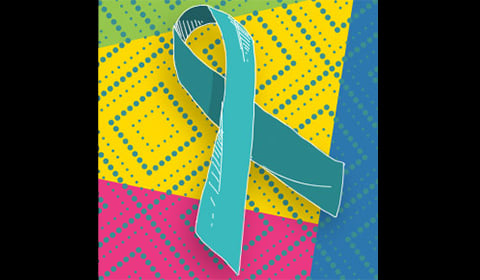What it is
Trichomoniasis affects the vagina, cervix, urethra and bladder in the form of an infection. Many people are not familiar with trichomoniasis, but read on and guard yourself against this STD.
How you get it
Trichomoniasis is easily spread during unprotected sex with an infected person. Your best bet against infection is to make sure you use condoms at all times. Condoms can protect you from a variety of STDs and it is no different with trichomoniasis. So if you’re sexually active, pick up a box of condoms next time you're in the supermarket or chemist. Don’t let anyone ever try to convince you that it’s alright to have unprotected sex, because it’s not!
The symptoms
Trichomoniasis often has no symptoms at all, so it’s a bit tricky to tell if you or someone else has it. You won’t be able to tell if a guy has it, but girls will have a greenish-yellow discharge, itchiness and a burning sensation when urinating. The vaginal discharge may also be frothy and smelly.
Treatment
Trichomoniasis is easily treated. To test if you have been infected with trichomoniasis, your doctor will conduct a pelvic exam and take a sample of your vaginal discharge. The doctor will then prescribe you with some antibacterial drugs.
The advice provided in this material is general in nature and is not intended as medical advice. If you need medical advice, please consult your health care professional.


















